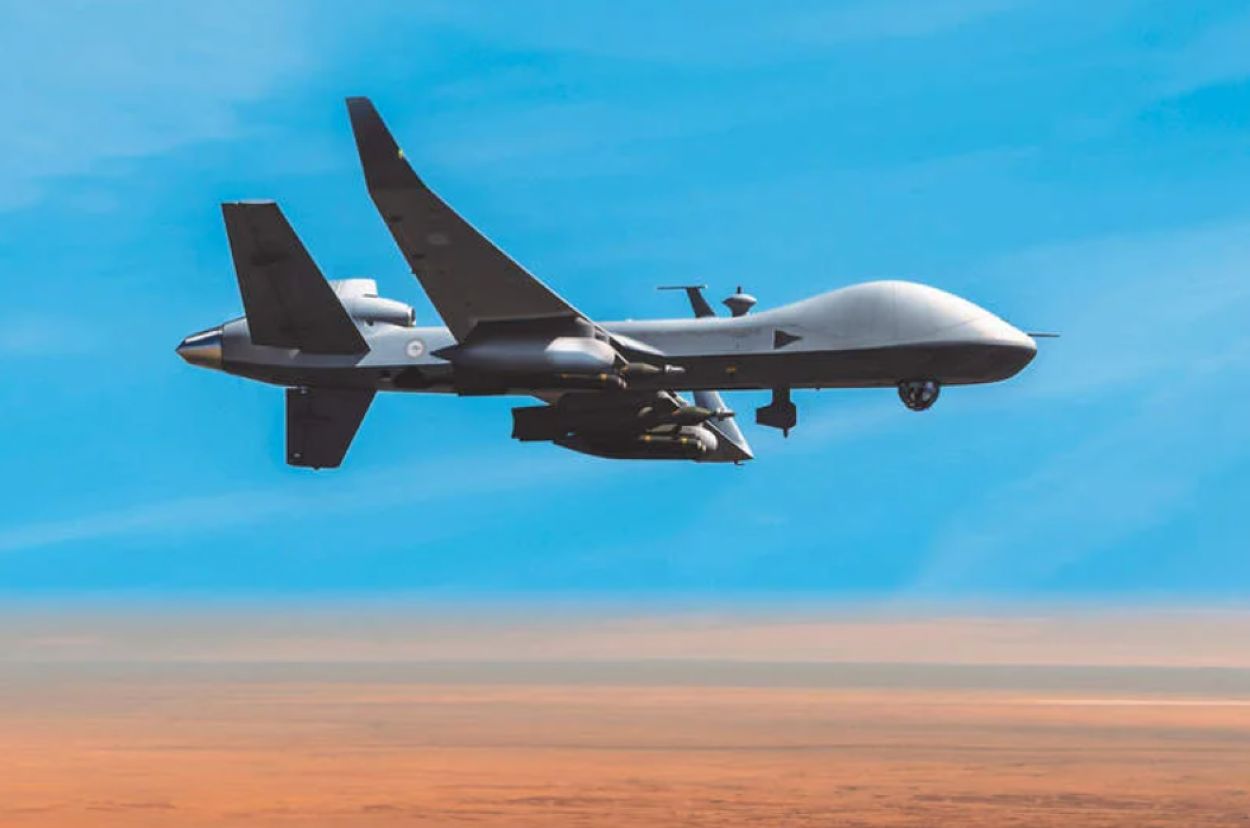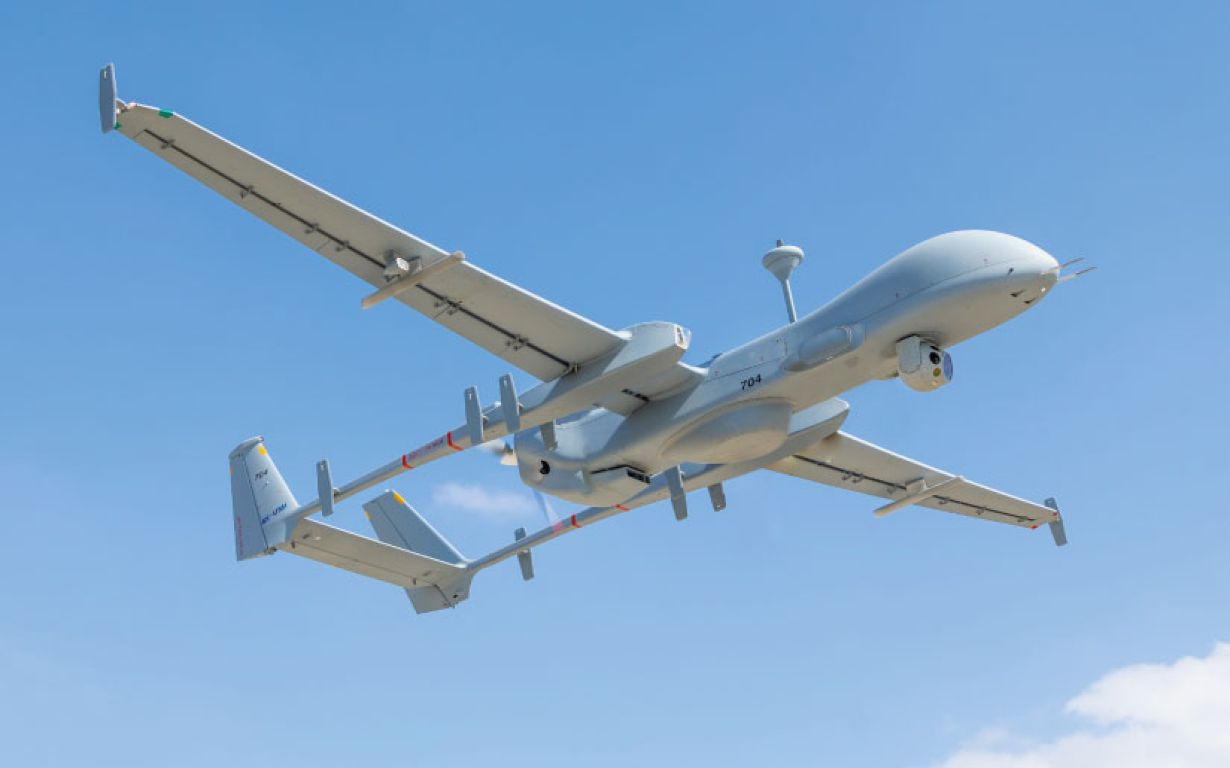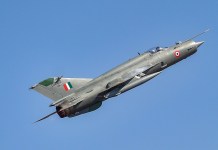Along the Line of Actual Control (LAC), intrusions from the Chinese troops have been common and expected for a long time. In May 2020, the Chinese troops propped up temporary installations in Galway Valley. When confronted, an armed melee ensued between the troops of both sides, resulting in casualties on both sides.
Seeking to thwart a similar attempt by the Chinese Navy in the Indian Ocean Region (IOR), the Indian Navy leased two MQ-9 Sea Guardian High Altitude Long Endurance (HALE) drones from the US in 2020 to complete the “kill loop” by implementing the “seeker to shooter” concept.
This entails that the Reapers are connected to command far away and can fire missiles to strike their targets. During the two years from its leasing, the two unmanned aerial combat vehicles – also known as hunter-killer UAVs with long endurance and high-altitude surveillance capabilities – have clocked more than 12000 flying hours.
The key deployment of these remotely piloted vehicles has been in India’s north-east and Ladakh region, where Indian forces have confronted their Chinese counterparts for over three years. The Indian Navy flew land missions along the LAC at the request of the Indian Army.
The second major deployment has been the patrolling in the Indo-Pacific. Their performance along the China border in the Himalayan region, particularly its “superb” signal intelligence, has earned it quite a reputation in the Indian Armed forces.
The deal for 31 MQ -9B ‘Predators’ came under the scanner, with the Indian opposition party crying foul and saying India should go for indigenously built Rustom UCAVs. The experts, however, call the two incomparable.

“Regarding technology, Rustom (also called Tapas) has been under trial for many decades. Comparing them with Sea Guardians or Sky Guardians (the variants of MQ-9 Reapers) is like apples and oranges. The capabilities provided by the Predators are far more. They are hunter-killers,” Commander Milind Kulshreshtha, a retired Indian Navy officer and C4I expert, told the EurAsian Times. C4I stands for Command, Control, Communications, Computers, and Intelligence.
The C4I expert suggested that the under-development Rustom will not be able to match the capabilities of MQ-9s, at least not in the near future. “Rustom, in my opinion, cannot reach the Sea Guardians’ radius of operation and tons of payload for quite some time. I would not compare, as one (Rustom) is research and development, and the other (Predator) is battle-hardened.”
Commander Kulshreshtha’s only reservation is if the US would give the latest versions. “Generally, the payload is given as is used by OEM (original equipment manufacturer).
India might like to put its indigenous stuff in it,” the expert added. The Reapers are far from being flown to India, as the deal is still in the AON (acceptance of necessity) stage. It is a long journey to contract. That is why the Navy might consider extending the lease for these hunter-killers.
Leasing might be the faster route, but it also poses challenges to safeguarding the surveillance data gathered during its missions with the Indian Navy. That is why buying it is more prudent in the long run.
Sea Guardians With The Indian Navy
The Indian Navy has been operating the Sea Guardian variant of the MQ-9s since November 2020, and they are said to have taken up so much tasking of the P8-I Poseidon aircraft freeing them to do their primary duty of anti-submarine warfare and anti-surface warfare.
“It (MQ-9B) is the best in the world. It is unmatched. The Indian Navy has been operating the Sea Guardians for three years, proving its weight in gold. It has taken up so much tasking otherwise given to P-8Is,” Captain DK Sharma, the former Indian Navy spokesperson, told the EurAsian Times.
The Navy veteran, who has commanded a squadron of indigenous Pilotless Target Aircraft (PTA), added that every sortie of P-8I costs a few lakhs compared to a few thousand spent on every sortie of Sea Guardians.
“Besides saving money, it also saves precious manpower and stays on task for longer,” Captain Sharma added. His reservation about Rustom also stems from the fact that it is still in development, and it takes years to prove a technology. And the Indian Navy needs the technology to plug its capability gap today.
When they come, the Predators will be the most advanced version of the drones, which the US has not given to any other country to date. Their ability to operate at high altitudes will help improve situational awareness along the China border manifold.
“These drones directly beam the collected information to the command-and-control center making the situational awareness higher,” Captain Sharma added.
Talking about the pricing, he said that it is a bit “premature” to talk about it as the deal is far from being finalized and is still in the AON stage.
The Era Of Armed Drones
The Indian Navy operates two variants of fixed-wing UAVs – Searcher and Heron, both of which were inducted from Israel in 2002. The Heron is Medium Altitude Long Endurance UAV and could not match the altitude envelope of MQ-9Bs. Searcher is a multi-mission tactical UAV for surveillance.

None of the UAV variants operated by the Indian Armed forces, apart from the Sea Guardian, are satellite linked. This means they are tied to a ground/sea station with a maximum communication range between 150-200 km.
“To search and track a hostile target over water, in the air or undersea, is the foundation of any maritime warfare. The UAVs presently in operations with the Navy have navigation/control features combined with specialized sensors, mainly aimed at achieving precise surveillance over enemy territories. UCAVs (Unmanned Combat Aerial Vehicles) go a step further than only surveillance,” Commander Kulshrestha explains.
UCAVs like Sea Guardian have multi-mission configuration capabilities for maritime Intelligence Surveillance and Reconnaissance, Anti-submarine Warfare, Surface Warfare, and SAR (Search and Rescue) operations.
“The Sea Guardian’s designed capability to communicate with manned aircraft is a feature India can further explore for future joint operations with Naval Maritime Patrol aircraft and the IAF (Indian Air Force) fighter jets,” the C4I expert added.
- Ritu Sharma has been a journalist for over a decade, writing on defense, foreign affairs, and nuclear technology.
- She can be reached at ritu.sharma (at) mail.com




